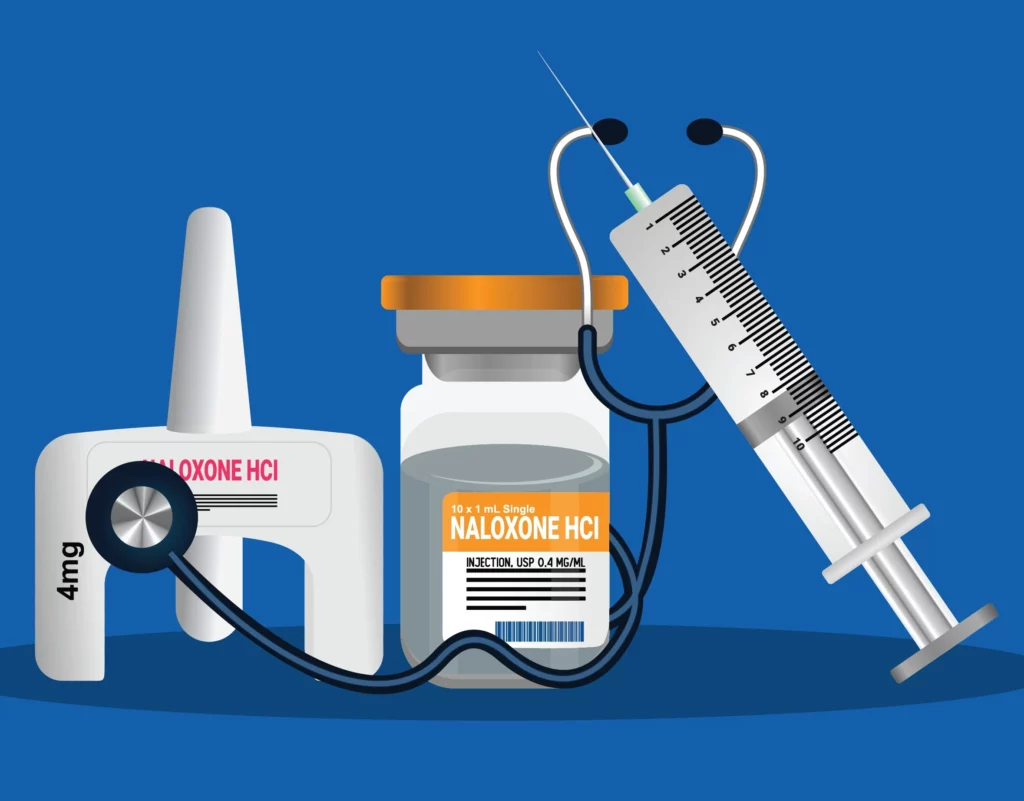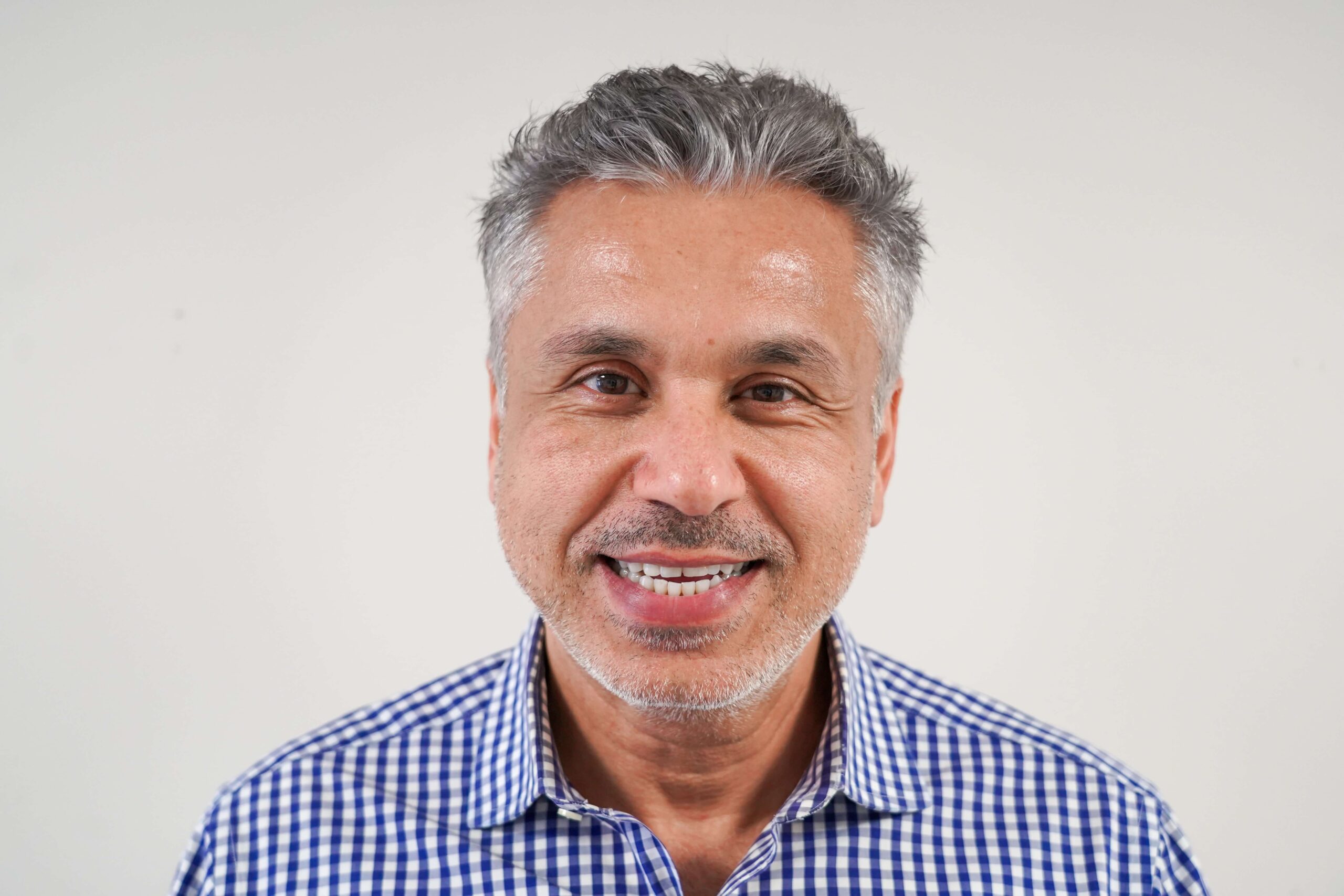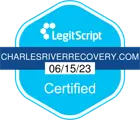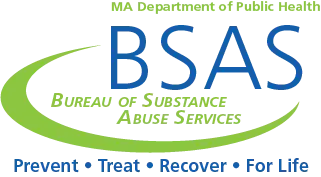How Often Can You Use Narcan?
That’s an easy question: as often as necessary. In fact, you cannot hurt someone with Narcan. Generally, you should give a dose of Narcan every two or three minutes until the person who overdosed begins breathing normally again. That makes Narcan a powerful ally in stopping sudden death from opioid overdoses. It is not, however, a panacea in that regard. It should always be just a tool in the process of controlling addiction to opioids.
How Does Narcan Work?
Narcan is an antagonist, which means that it blocks certain receptors in the body from interacting with the drug. Many drugs, including opioids, adversely affect breathing. That’s the main cause of death from overdose: The person goes into respiratory arrest. It is especially important to realize that even if the person wakes up from a dose of Narcan, it doesn’t mean that the person is 100% OK. Someone has to monitor the person for quite a while to ensure that there aren’t any additional occurrences of overdose symptoms. It’s entirely possible that the person will need several doses if the amount of drug taken is large.
What’s the Effective Period of Narcan?
Narcan works for roughly two hours. Additional doses don’t double or triple the length of efficacy. Each dose will last two hours even if they overlap for all but a few minutes. So, if you give a person three doses within 15 minutes or so, then those doses still only last for roughly two hours and 15 minutes in total. Remember, it’s essential to call 911 for an ambulance even if the person seems “fine.” The opinion and care of a doctor or other medical professional is necessary.
Are There Any Side Effects?
As with any drug, there are side effects. Some of them are mild, and some are severe. The mild side effects include:
- Muscle pain
- Joint pain
- Dryness of nasal tissue
- Headache
- Toothache
- Skin dryness
These mild side effects are easily treatable with a variety of over-the-counter products. Fortunately, there aren’t many serious side effects of Narcan. Other than a severe allergic reaction, the only serious side effects come from the opioid withdrawal that goes along with a dose of Narcan. Because Narcan blocks the body’s ability to absorb the drug, the body doesn’t get the effect of the drug. That causes withdrawal. Thankfully, many of the symptoms of opioid withdrawal are mild. These include the same muscle and joint pain that Narcan, itself, causes. Also, dizziness, anxiety, and excessive tears are relatively mild.
The severe side effects of withdrawal can be life-threatening. These include:
- Severe vomiting
- Severe diarrhea
- Hearth arrhythmia
- High blood pressure
- Seizures
The vomiting and diarrhea cause dehydration, which can, in turn, cause irregular and/or dangerous heartbeats, like superventricular tachycardia and Torsades de Pointe. The seizures could cause brain damage through injury and/or restricted blood flow to the brain. Respiratory arrest could occur as a result of any of these symptoms and the body’s shock at not having the drug. And, high blood pressure is the “silent killer.” That’s not to say that someone going through opioid withdrawal will experience all, or even any, of these symptoms. However, all these symptoms are possible, so it’s important that the person experiencing these side effects has appropriate medical attention.
Detoxification
Narcan is not for general detoxification. You use it when you come across someone in obvious and immediate distress when action is imperative. Generally, detoxification is done in a controlled environment with many medical professionals on hand to monitor the person’s progress and ensure that everything goes well.
Detoxification and the accompanying withdrawal can be severe, particularly from fentanyl. With fentanyl or any other powerful opioid, cold turkey can be life-threatening. That’s why gradual weaning off the drug is the preferred method.
Next Steps
Once you administer Narcan to someone, and that person receives medical attention from professionals, the logical next step would be controlled detox as part of a rehabilitation program. Depending on the person’s drug of choice, the amount the person has used, and how the person has used it, detox could take from a few days to several weeks. With the strongest opioids and benzodiazepines, the withdrawal could last up to two months.
Sometimes, weaning the person off the drug itself is either not effective or is unsafe. In these cases, the medical professionals will use other drugs, such as buprenorphine, suboxone, clonidine, or methadone, to serve as an agonist to the drug to which the person is addicted. Each of the agonists has its own set of intended effects and side effects. Fortunately, the side effects of the agonists are not nearly as debilitating as those from the drugs they affect. It is possible, however, for individuals to have issues with these drugs as well. The medical professionals and other staff members of the rehab clinic will monitor the client every few hours to gauge any reactions to the agonists and to take appropriate steps should they become necessary.
Therapy After Detox
Unfortunately, detox alone won’t guarantee future abstinence. Up to 60% of addicts relapse within 30 days of leaving rehab. Up to 88% of addicts relapse after one year, depending on their circumstances. Obviously, the client’s support system after finishing rehab is important, but there will be times when the person won’t have that support. Therefore, it’s essential for the person to learn coping mechanisms and self-help strategies during therapy. Then, that person will be able to take those strategies and mechanisms out into the world. There are several mental-health therapies that are useful to clients in these situations:
- Cognitive Behavioral Therapy: This is where individuals learn to recognize both situations and behaviors that are destructive and/or are triggers for relapse. Then, they work hard to avoid those situations and to ensure that they are not in those environments. As this can be challenging, cognitive behavioral therapy also gives individuals the tools to manage triggers.
- EMDR: stands for Eye Movement Desensitization and Reprocessing. It’s a method of therapy that uses flashing lights. Clients then move their eyes rapidly back and forth while focusing on a traumatic event that troubles them. Many addicts begin their addictions as a response to trauma, and their relapses happen because of another response to that trauma. Through EMDR, clients can reprocess their traumas and make them far less scary and harmful. By not having the traumas, their chief motivation for using drugs is lessened or even nullified.
- Contingency Management: Therapists use positive reinforcement to highlight successes along the route to recovery. Usually, this form of therapy, which provides rewards or privileges for success, is used in combination with other forms of therapy. It’s more like a tool that therapists use as part of a larger strategy rather than a strategy by itself.
- Motivational Enhancement Therapy: We all know that it’s impossible to help an addict until that person admits that there is a problem. It’s the getting started that’s the hardest part. This form of therapy celebrates the person’s willingness to receive treatment and encourages continued treatment even after a string of successes. After all, addiction is a lifelong, chronic disease for which there is no cure. There is only management of the disease.
- Family Therapy: Al-Alon is a good example of family therapy. It’s a version of therapy that helps the people around the addict learn to cope with and offer proper support to their loved ones who are addicts. Family members learn how to not enable the person. They also learn how to reinforce good choices and success against the addiction. Also, the person’s family members might need their own therapy to deal with feelings of resentment, anger, disappointment, and other negative emotions that are tied to their loved one’s addiction.
- Twelve-Step Programs: Narcotics Anonymous is a 12-step program for people who use narcotics and opioids. It’s structured like Alcoholics Anonymous, and it’s one part of an overall strategy to avoid relapse and to have support during the lifelong journey of recovery. In fact, research from the last three years shows that Alcoholics Anonymous is up to 60% more effective at treating alcohol addiction after rehab than therapy alone. Because the pathology of addiction is largely the same, no matter the choice of drug, it’s then reasonable to surmise that it would be nearly as effective for an opioid addiction.
Charles River Recovery
We realize that addiction can strike anyone from anywhere. No one is immune, and, when it strikes, helping those people means that there should be no judgment or shame. It’s tough enough dealing with addiction without people piling on negativity. We also want people with substance use disorder to know that we’re a safe space. We’ll thrive together with a spirit of community.
We’re dedicated to all fields of medicine where there is evidence of efficacy in the stabilization and treatment of substance use disorder. You won’t hear about any “miracle cures” or other quackery when you’re with us. We’ll help you, but people with substance use disorder must realize that they are the ones who must do the hardest work to succeed. To help, we provide evidence-based treatment options, on both a short-term and long-term basis, and we give you tools to use once you leave us and return to your normal life.
Addiction recovery is definitely a team sport, and that team includes not only you, the client, but also your family and friends, along with researchers, doctors, therapists, and clinicians. We all have to work together to give you the best chance of success in recovery. You’ll be empowered to be the agent of your own change. We look forward to helping you.






